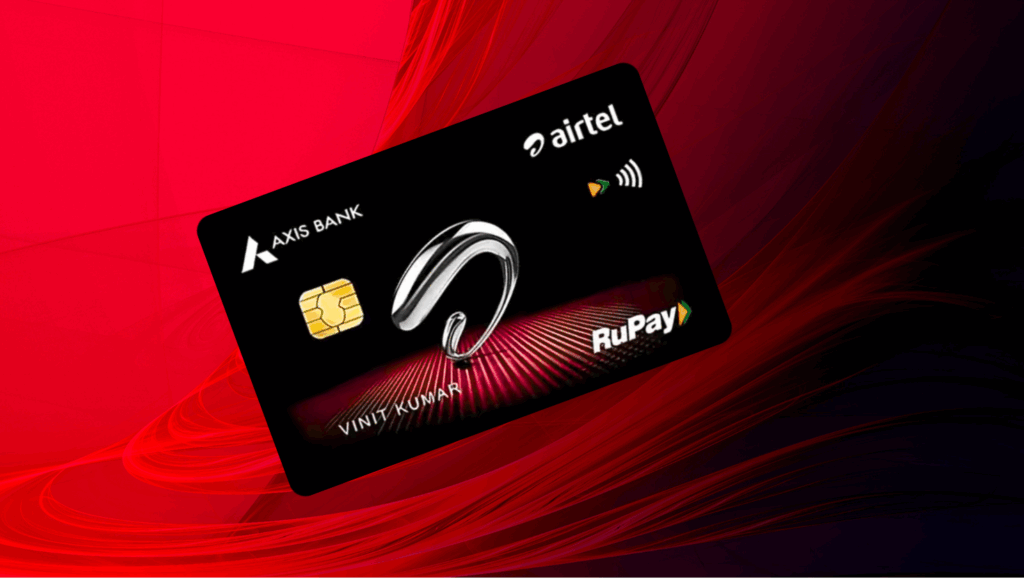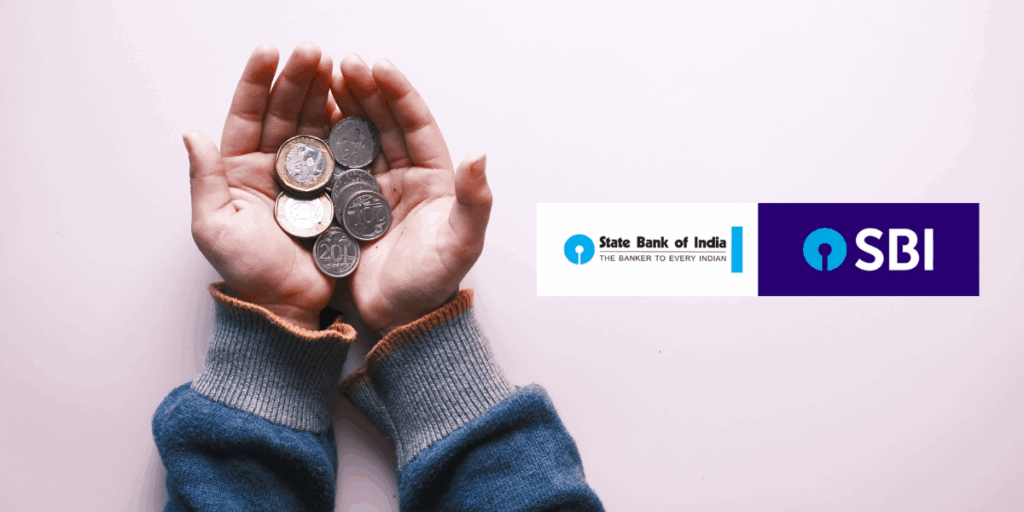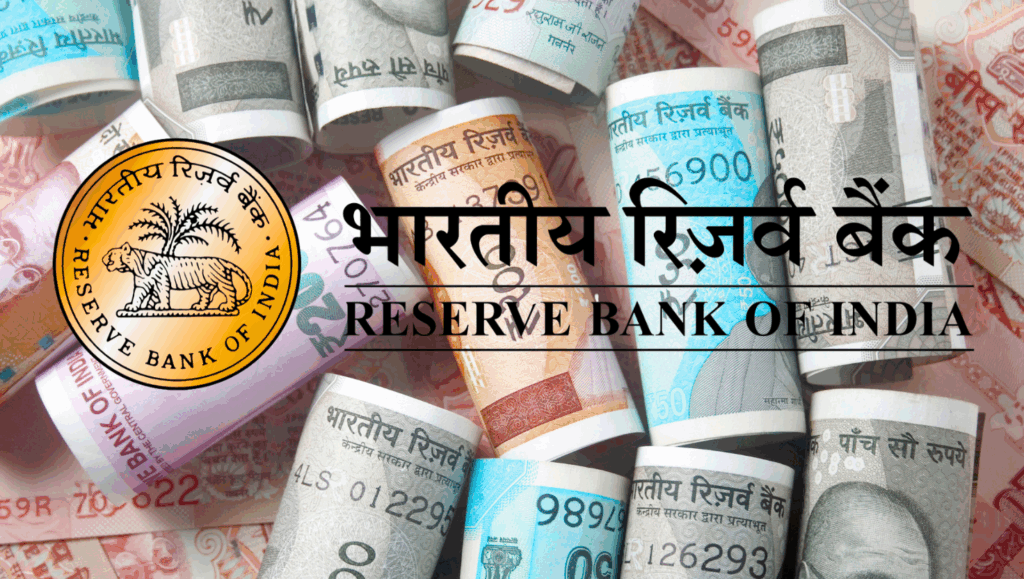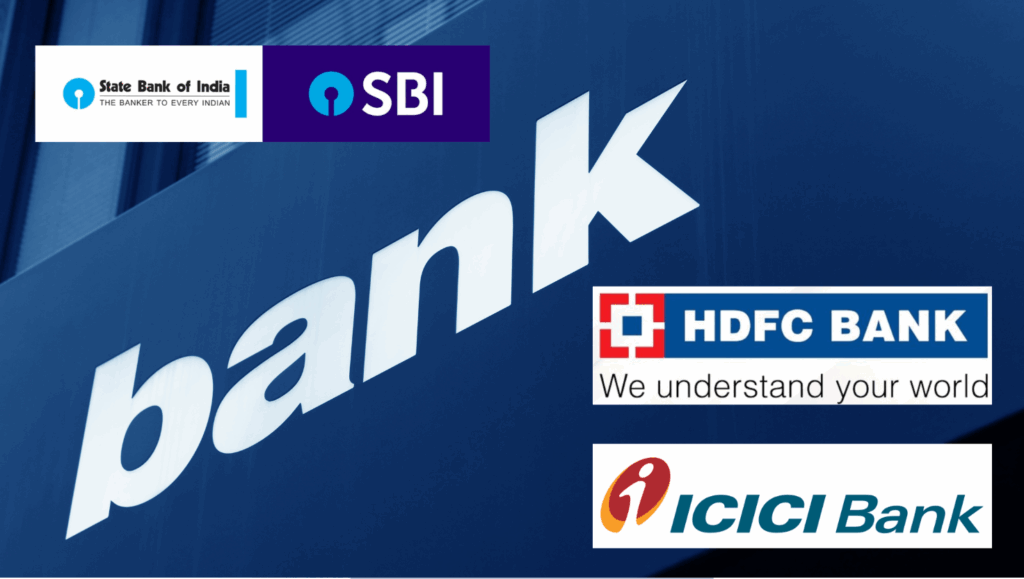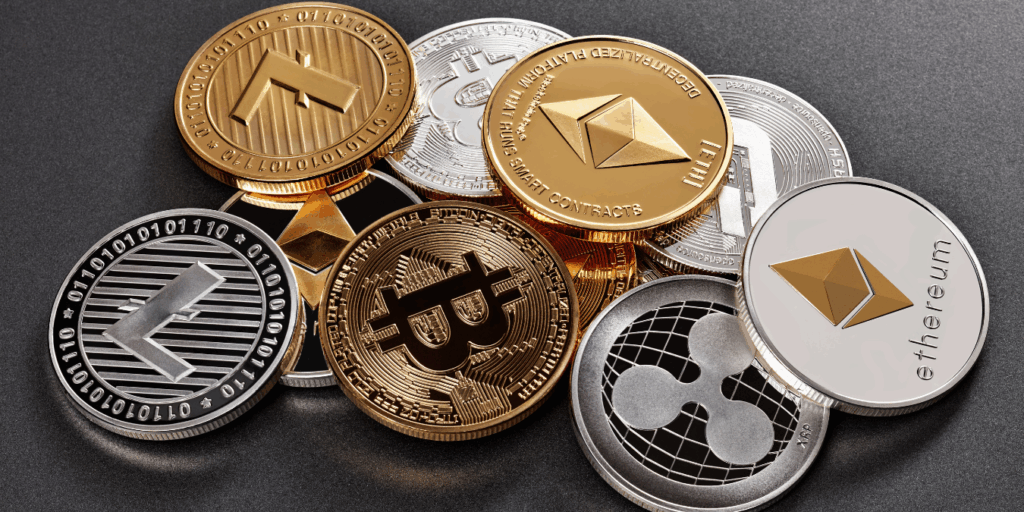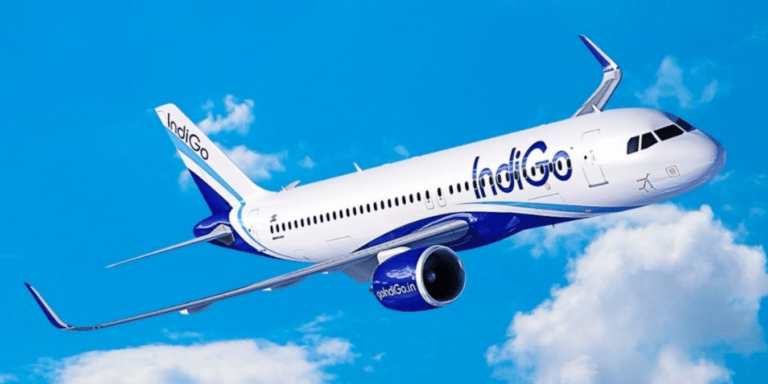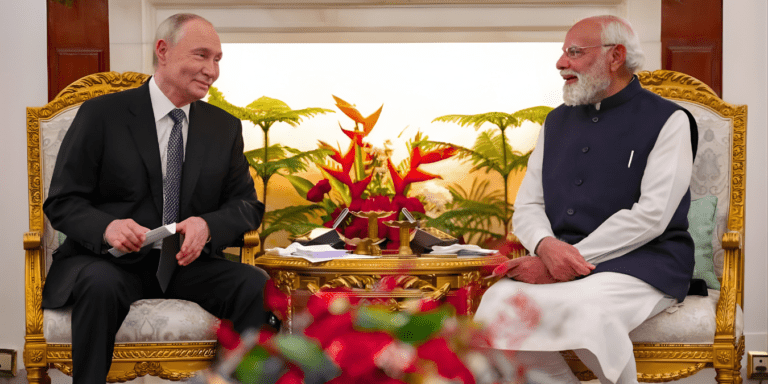
NRI UPI Revolution: How Paytm’s Smart Move Is Changing Global Digital Payments
Paytm’s latest move has stunned the fintech world—NRIs from 12 countries can now use UPI in India with their international numbers. A hidden digital revolution is unfolding, quietly rewriting how Indians abroad pay, send, and live globally. The twist? This breakthrough could change global banking forever.
The Digital Twist No One Saw Coming
What if your NRI cousin in New York could split a dinner bill in Mumbai instantly… with just their international number?
That’s no longer a “someday” idea. Paytm has quietly flipped the switch on a game-changing update — Non-Resident Indians (NRIs) from 12 countries can now log in using their international mobile numbers and make UPI payments in India. The feature, currently in beta, isn’t just a small product tweak — it could redefine India’s role in the global digital payments race.
This smart move by Paytm signals a new era where India’s Unified Payments Interface (UPI), already a global marvel, bridges borders and redefines how Indians worldwide spend, send, and support their loved ones back home.
Why This Matters Right Now
Digital payments are no longer a convenience; they’re economic infrastructure. And India leads that evolution. In September 2025 alone, UPI transactions crossed 13 billion, showing how it has become the heartbeat of both metros and tier-2 towns.
But here’s the hidden truth — about 3.5 crore NRIs regularly send funds to India, and most still rely on international remittance services with high fees and processing delays. What if they could simply open an Indian app, log in with their UAE, US, or Singapore number, and start paying seamlessly? That’s precisely what Paytm’s beta rollout promises.
This launch isn’t just about convenience. It’s about expanding India’s fintech footprint beyond national borders and letting the global Indian community participate directly in the domestic UPI network.
The 12 Countries Paytm Has Opened Access To
Currently, NRIs from these countries can access the feature in beta:
- United States
- United Kingdom
- Canada
- Australia
- Singapore
- United Arab Emirates
- Saudi Arabia
- Hong Kong
- Oman
- New Zealand
- Qatar
- Bahrain
For thousands of NRIs juggling dual lives — earning abroad while managing family expenses in India — this is a relief that feels long overdue.
booking a domestic flight from Dubai or paying your family’s utility bill in Chennai using your UAE number — all while your account and KYC are seamlessly linked to India’s payment rails.
From Remittance to Real-Time: The New NRI Advantage
For decades, sending money to India was synonymous with delays, exchange-rate anxieties, and middlemen charges. UPI breaks that chain.
Now, NRIs can:
- Pay directly at Indian merchants while visiting home.
- Manage family needs — from healthcare to school fees — through verified Paytm UPI handles.
- Split payments during India trips without switching SIM cards.
- Connect international numbers to existing UPI-linked Indian bank accounts for domestic transfers.
This small UX update carries a global economic ripple effect — it turns India’s digital infrastructure into an exportable service model.
Global Ambition Behind a Simple Login
Paytm’s founder, Vijay Shekhar Sharma, has long voiced a “Digital India, Global India” vision. Enabling NRI UPI access isn’t just an add-on — it’s a blueprint for how Indian fintech brands can scale across borders without setting up physical banking branches abroad.More importantly, it strengthens Paytm’s position amidst rising competition from PhonePe and Google Pay, who are also eyeing international footprints. Paytm got the first-mover advantage here, and that’s strategically explosive.
This smart pivot helps Paytm expand its total addressable market by millions overnight — capturing both Indian diaspora loyalty and cross-border transaction volume.
The Global Context: India Leads the Fintech Curve
Across the world, payment systems are fragmented — think of PayPal in the US, Alipay in China, or Apple Pay in Europe. UPI, however, has something those platforms lack — government-backed interoperability, zero MDR for small transactions, and real-time settlements.Now, with NRIs included, UPI’s network effect gets stronger. It’s not just about spending in India anymore; it’s about connecting financial ecosystems globally.
In early 2025, the Reserve Bank of India announced that UPI would soon support direct cross-border transactions with several Southeast Asian payment networks. The integration with Singapore’s PayNow already went live — a significant milestone. Paytm’s feature now rides that wave beautifully.
Simplifying How NRIs Can Use Paytm UPI
Here’s how it works in practice:
- Download the Paytm app and verify using your international mobile number (from one of the supported 12 countries).
- Link your existing NRE/NRO account with an Indian bank that supports UPI (most major banks like SBI, HDFC, ICICI already do).
- Complete KYC verification in-app using digital onboarding protocols.
- Activate Paytm UPI, and instantly start paying merchants, transferring to local accounts, or scanning any Indian QR code.
That’s it — no Indian SIM, no OTP hassles, and no remittance delays.
Key Impact: India’s New Global Payment Diplomacy
Every NRI who adopts UPI contributes to India’s soft power. As more diaspora embrace this, UPI becomes a financial language of trust between countries.Think about it — every time a Singapore-based Indian scans a QR in Mumbai using their international number, they’re validating India's digital identity on a world stage.
This expansion puts India multiple steps ahead of other emerging economies trying to replicate UPI-like systems. Bhutan, Nepal, and Sri Lanka have already adopted UPI rails, and talks with the EU and Gulf payments networks are underway.
The Competitive Ripple: What Others Are Planning
While Paytm leads the rollout, the ecosystem likely won’t stay quiet.
- PhonePe is reportedly working on linking NRI bank accounts with its UPI flow by early 2026.
- Google Pay plans to extend its Singtel partnership to offer cross-border UPI integration across Southeast Asia.
- NPCI International Payments Limited (NIPL) has signed multiple MoUs in Europe and the Middle East to enable Indians abroad to use UPI for merchant payments abroad.
In this landscape, Paytm’s timing feels perfect — first movers often set the standard regulations follow.
The Economic Big Picture
The stakes are huge. India receives over $100 billion in annual remittances — the world’s largest. A portion of that moving through UPI means faster inflows, lower transaction costs, and data transparency for policymakers.Additionally, such access deepens the diaspora’s engagement with India’s domestic financial ecosystem — from credit products to insurance to investments. NRIs using UPI are more likely to explore UPI-linked services like Paytm Money or Paytm Insurance, driving ecosystem growth.
Nearly every NRI family back home benefits — auto EMI payments, mutual fund SIPs, or small business invoices all get easier when digital barriers shrink.
Trust, Security, and Compliance
Security remains central to adoption, especially with NRIs accessing Indian systems from abroad. Paytm’s solution uses:
- RBI-compliant two-factor authentication.
- Domestic bank KYC validation.
- End-to-end encryption on UPI handles.
- Fraud monitoring through AI-driven behavioral analytics.
This ensures UPI’s convenience doesn’t dilute its safety standards.
Real-Life Stories That Show Its Power
Consider these scenarios:
- Sneha from London, running a small e-commerce store in Mumbai, can now pay her local suppliers directly in rupees using her UK number.
- Ravi in New York, supporting his retired parents in Pune, pays their DTH bills instantly instead of using costly remittance apps.
- Aarav from Dubai, on a month-long Indian visit, pays everywhere via QR code without switching his UAE SIM.
Each of these real-use cases reflects how one digital update can simplify global lifestyles.
What Experts Are Saying
Fintech analysts predict UPI will transform into a full global payment protocol within three years.According to a PwC India report (2025), over 30 percent of new fintech API collaborations will involve cross-border transactions by 2026. And with NIPL already connecting to Gulf networks, Paytm’s early participation gives it strong leverage for future interoperability.
RBI officials at recent forums have also hinted at a long-term goal — one unified digital payments standard that connects Indian consumers abroad with the domestic network fluidly. Paytm is clearly aligning early to that roadmap.
Future Potential: Beyond India
Imagine a near-future where UPI is accepted at grocery stores in Dubai or cafés in London the same way it’s accepted at a roadside vendor in Delhi.
The blueprint is already forming:
- Singapore PayNow integration was the first.
- UAE and France next in line due to NIPL partnerships.
- Indian tourists abroad may soon pay directly in rupees, with real-time currency conversion.
If this happens at scale, India will have exported not just software, but digital trust — the new currency of fintech influence.
How This Shapes the Future of Paytm
For Paytm, struggling in early 2024 to regain growth momentum post-RBI restrictions, this feature is both redemption and reinvention.
The NRI UPI rollout demonstrates resilience, regulatory alignment, and forward-thinking — three things that rebuild investor faith.With over 30 million Indian diaspora users abroad, even a 10 percent NRI adoption could mean a substantial inflow of new UPI activity and data insights, strengthening Paytm’s AI-driven credit scoring and analytics ecosystem.
Quick Takeaways
- NRIs from 12 countries can now use Paytm UPI with international numbers.
- The feature bridges remittance gaps and allows real-time payments in India.
- Strengthens India’s UPI globalization and Paytm’s fintech leadership.
- Promotes cost savings, inclusion, and diaspora engagement.
- Signals India’s growing influence in global digital finance.
Final Thought
The opening of UPI access for NRIs marks more than a technological milestone—it’s a quiet revolution in how the world perceives money movement. For the longest time, cross-border transactions were slow, expensive, and wrapped in bureaucracy. Now, a few taps on Paytm can connect an Indian living in New York or Dubai directly to India’s financial heartbeat. This isn’t just about convenience; it’s about rewriting the emotional and digital connection between global Indians and their home country. As millions of NRIs embrace UPI, India isn’t just exporting payments technology—it’s exporting a vision of inclusive, borderless finance where identity and access know no geography. The story that began with QR codes on Indian streets is about to rewrite international finance. This is where the future of money starts—smart, real-time, and unmistakably Indian in imagination and execution.
Disclaimer: The use of any third-party business logos in this content is for informational purposes only and does not imply endorsement or affiliation. All logos are the property of their respective owners, and their use complies with fair use guidelines. For official information, refer to the respective company’s website.



